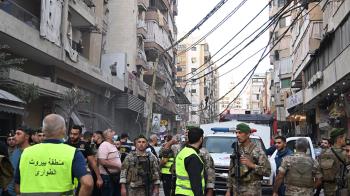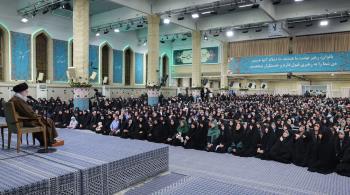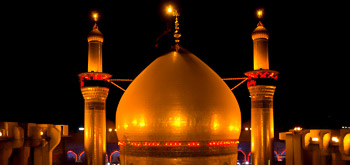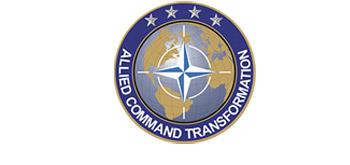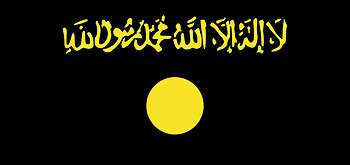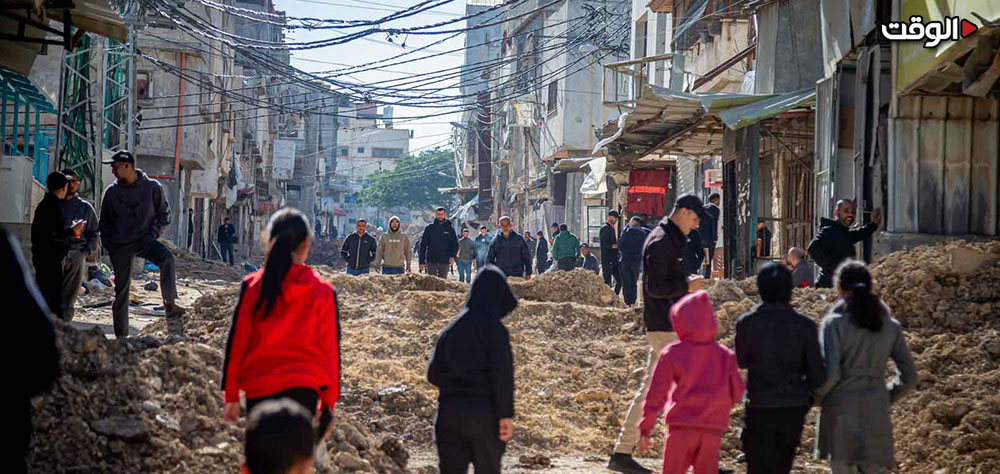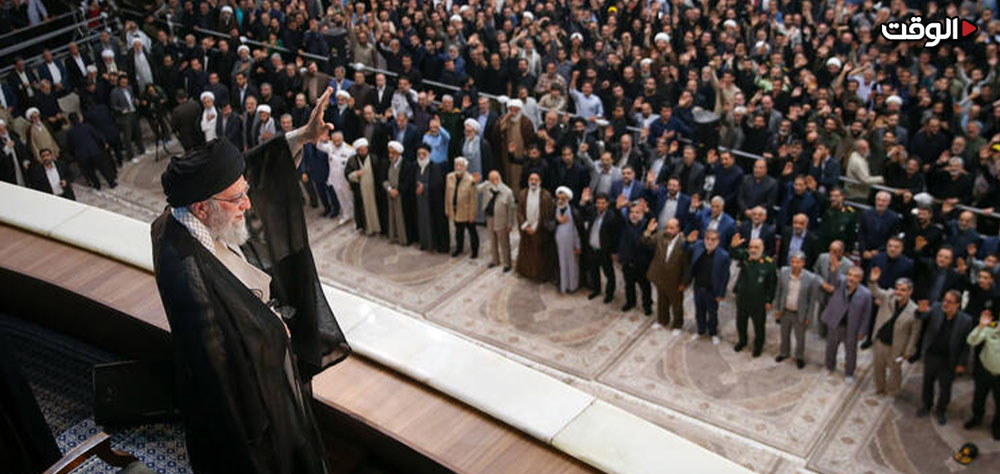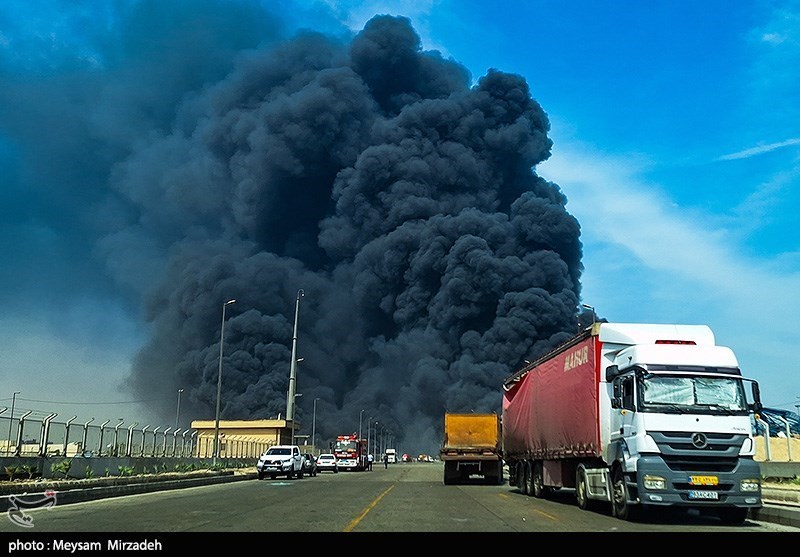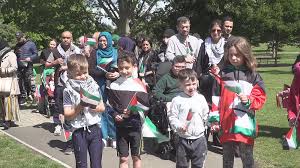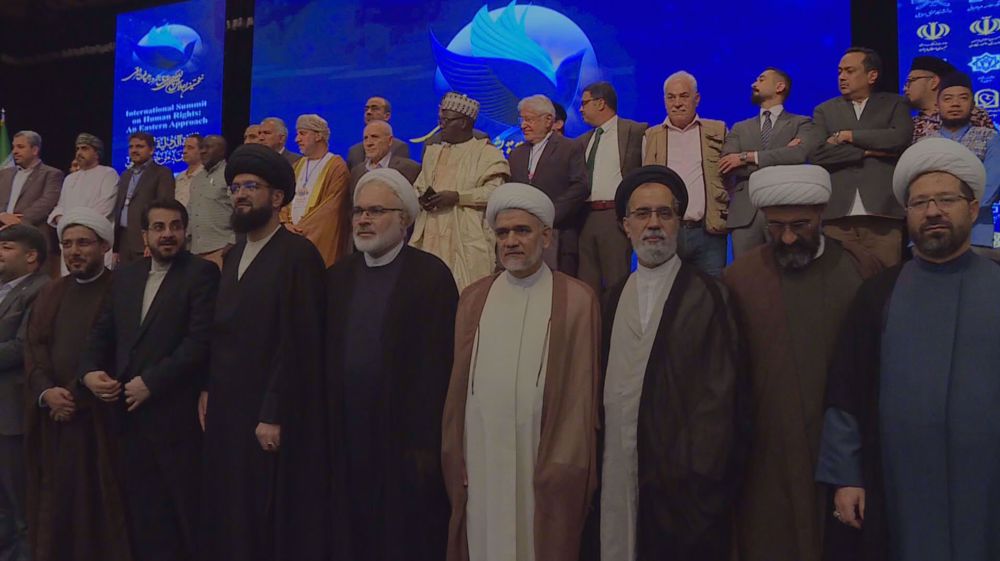Alwaght- The West Bank is going through one of the most dangerous and complex periods in its history. Political, social, and economic challenges are compounded by Israeli military occupation, turning this part of Palestine into a volatile hotspot. Internally, the West Bank grapples with deep political divisions and weak official Palestinian institutions. This instability allows Israeli occupiers to enforce a new reality—one marked by escalating annexation policies, expanding settlements, and systematic efforts to erase Palestinian identity while undermining their historical and legal rights.
Israeli politics, on the other hand, with the rise of far-right figures in top jobs like finance and national security ministries have witnessed fundamental changes. Such figures as Bezalel Smotrich and Itmar Ben-Gvir rising to power in Netanyahu's cabinet have caused Israeli West Bank policy to grow more aggressive and violent. Actually, Israeli cabinet has become an ideological religious one with the aim of fully removing the Palestinian cause for ever and consolidating control over the occupied territories.
In particular, Netanyahu’s Finance Minister Bezalel Smotrich is a key figure in shaping the occupation’s policies towards the West Bank. His close alliance with the PM and his clear agenda aim to turn the West Bank into a permanent battlefield by strengthening settlements there and expanding the scope of repression of Palestinians, in line with their “religious Zionist” vision that seeks to control the entire West Bank as part of the so-called “Greater Israel” project. This vision goes beyond military control to create massive demographic and geographical changes in the entire Palestinian region to make it impossible to return to the previous status in the future.
Why is Israel escalating tensions against West Bank?
On the other hand, it should be taken into account that Israeli escalation at present is not without reason. This escalation is indicative of continuation of long-term policies Israel has pursued for decades, with the aim of foisting on the Palestinians new realities on the ground in the West Bank. This policy includes the seizure of vast areas of land, the acceleration of the expansion of existing settlements, the development of settlement infrastructure, and the legalization of illegal settlements. These goals are also accompanied by ongoing repressive measures aimed at weakening Palestinians and forcing them to leave their homes, such as house demolitions, the revocation of building permits, and the tightening of the economic and security blockade. These measures are carried out within the framework of an integrated strategy aimed at dividing the West Bank into separate cantons that would make the creation of a geographically contiguous Palestinian state practically impossible.
US role in West Bank crisis
The US role has been pivotal in facilitating Israeli full control over West Bank, enabling Netanyahu to press ahead with his expansionist settlement policies. Particularly since the previous Trump administration unveiled the “deal of the century,” Washington has become a direct partner to Tel Aviv’s imposition of occupation in the West Bank. This trend continued during Biden’s presidency and was further strengthened with Trump’s comeback to the White House earlier this year. The US provides Israel with generous diplomatic, military, and financial support, enabling the occupiers to pursue their plans without fear of sanctions or serious international pressure.
The Failed Palestinian Authority
On the Palestinian side, we can clearly see deep gap on the internal Palestinian front between Hamas and Fatah, two leading Palestinian power poles. This division produced two separate administrations one in the West Bank and the other in the Gaza Strip. This difference is not a simple political one, rather, it has become a comprehensive crisis with its heavy shadow on the Palestinian reality, considerably undermining the Palestinian capability to counter Israeli occupation plots. The escalation of the war against the Gaza Strip and the inaction of Palestinian Authority (PA) President Mahmoud Abbas have created a situation where there is no longer any hope for unity between the PA and the resistance forces. In addition, in some cases, the PA forces are suppressing popular protests and opposition in the West Bank against the Israeli war on Gaza.
Additionally given the decline of the PA influence in the West Bank itself, expansion of settlement projects in this region, and the administrative corruption in the PA institutions, the PA has practically become an inefficient institution far from capable of administering the Palestinian affairs and so an alliance of the PA with Hamas is impossible.
The decline in Palestinian trust in the political leadership of the PA, especially in Mahmoud Abbas and his orbit, is another factor that has exacerbated the internal Palestinian crisis. This loss of trust is driven by persistent accusations of financial and administrative corruption, a lack of transparency and accountability within institutions, and the lack of a strategic vision in the leadership of the PA to determine the task of countering the expansion of settlements. The difficult economic conditions in the West Bank, especially the high rates of poverty and unemployment and the decline in job opportunities, also play a major role in deepening this crisis. Many Palestinians believe that the economic and political failure of the PA has dealt a major blow to internal Palestinian unity. In these circumstances, the PA today finds itself faced with a difficult choice: the reality of the continuous erosion of its authority and its transformation into a local administration tailored to Israeli standards and conditions— a situation seeming to be entrenching due to the expansion of settlements and the intensification of aggression against cities, towns, and refugee camps in the West Bank. In this case, this organization has become a body detached from the Palestinian people and no longer qualified to represent them.
Currently, many reports suggest that Palestinians blame the PA both for its weakness in dealing with Israeli aggression and for its security cooperation with the occupation. Interestingly, Tel Aviv, too, accuses the PA of inefficiency in suppressing the Palestinians.
Why does the PA cooperate with Israeli occupation?
The West Bank situation very well betrays the reality about the PA performance: Cooperation with Israel at any cost, even if it costs it public trust. Abbas and his backers have always opposed struggle against the Israeli occupation, and senior PA security officials crack down on such resistance groups as Jenin Brigades for their fight against occupation.
The essential problem the PA is grappling with is its dialogue with the occupation at a time the balance of power is severely against the Palestinians and in such a situation Israel is unexpected to act on its promises. The number of Israeli settlers in the West Bank has increased fivefold since the signing of the 1993 peace agreement, and Israel has reneged on or failed to comply with many previous agreements, from Oslo to the US-backed peace roadmap to the Aqaba summit declaration in 2023. But why does the PA continue to cooperate with Tel Aviv?
The fact is that the PA sees itself in dire straits and having no way but to yield to compromise to Israel. Its power dwindled and it finds it inevitable to talk to the Israeli occupation to maintain its power while its popular legitimacy is shrinking. On the other hand, the Israelis need the PA since they take advantage of its administrative and security institutions in suppression of the Palestinians. So, it is in Israeli interest to keep the PA active but weak.
Therefore, the PA is aligned with its Israeli partner and Israelis coordinate some of their actions, including offensives on the Palestinian resistance forces, with the PA. Since the start of Israeli crackdown campaign in the West Bank, the PA security forces have arrested Bassan al-Saadi, the claimed commander of the Jenin Brigades and some unknown activists in Jenin. Also, clashes took place between the PA forces and anti-occupation Palestinian youths in West Bank cities like Tulkarem, Qalqilya, Hebron, and Ramallah. These clashes bear witness to the fact that the PA is no longer a representative to the Palestinians but a partner to the Israeli occupation.

